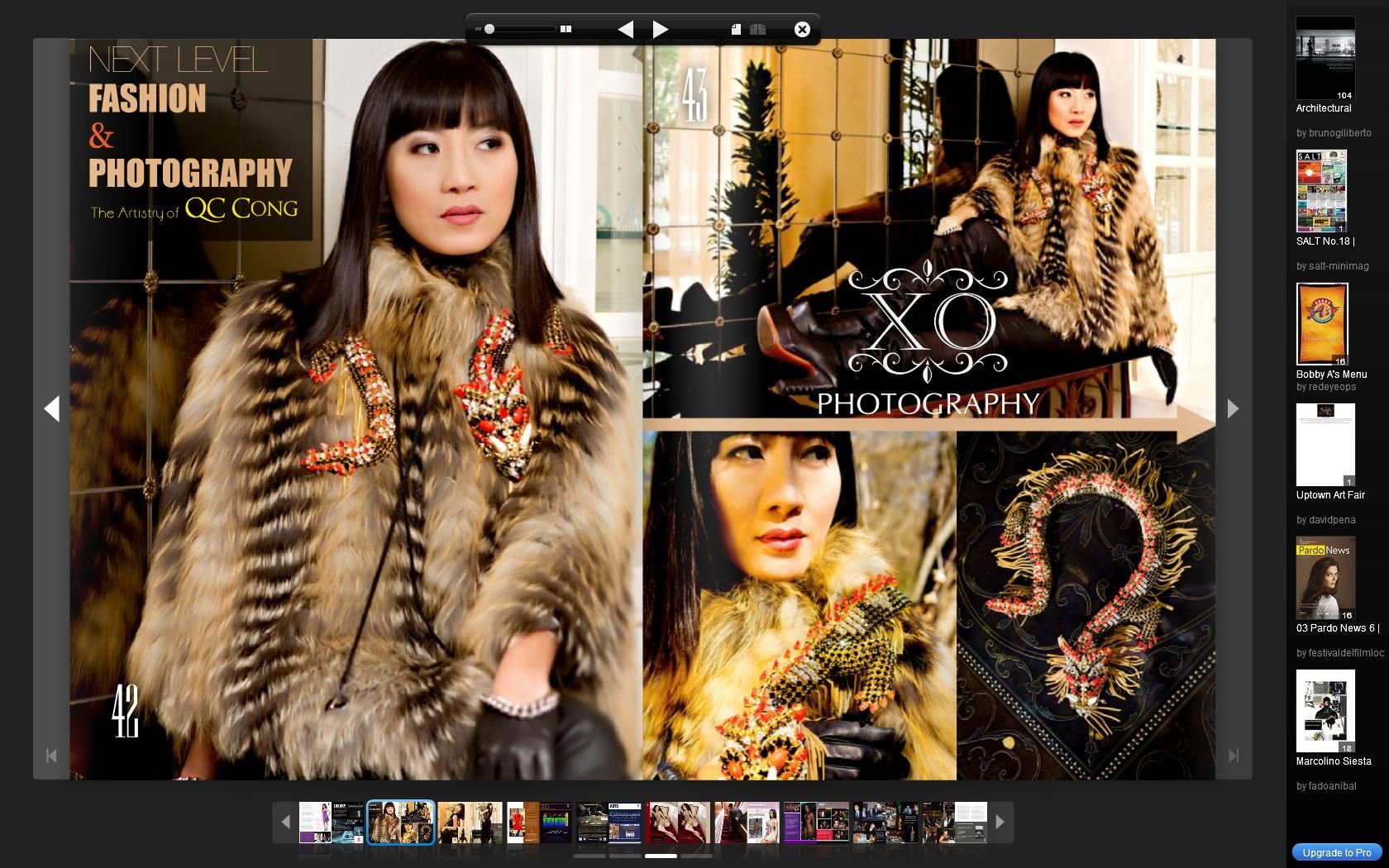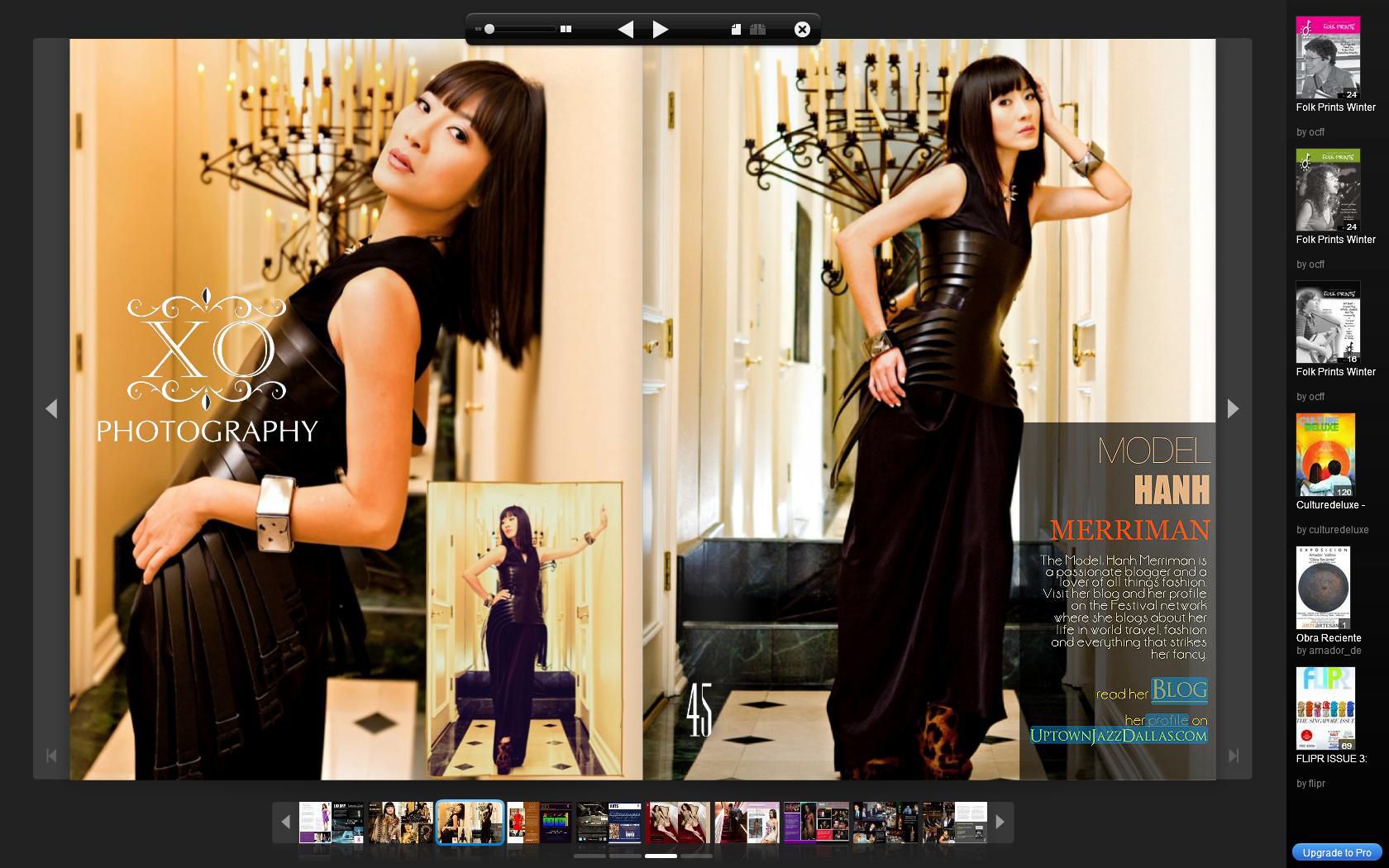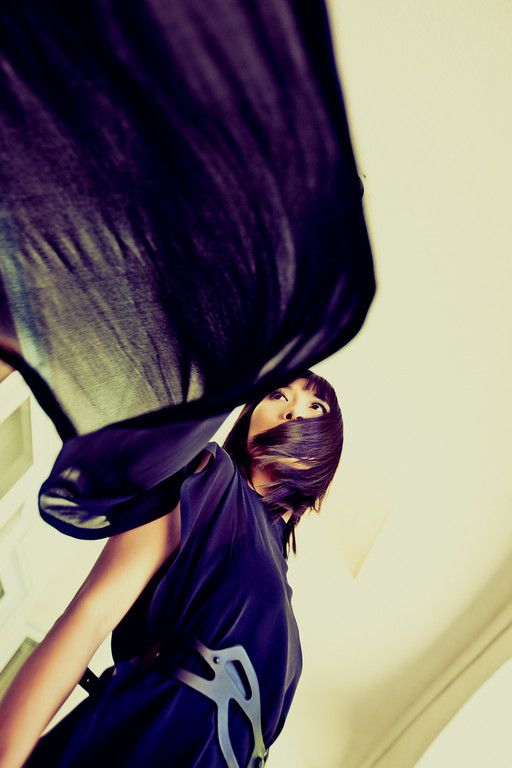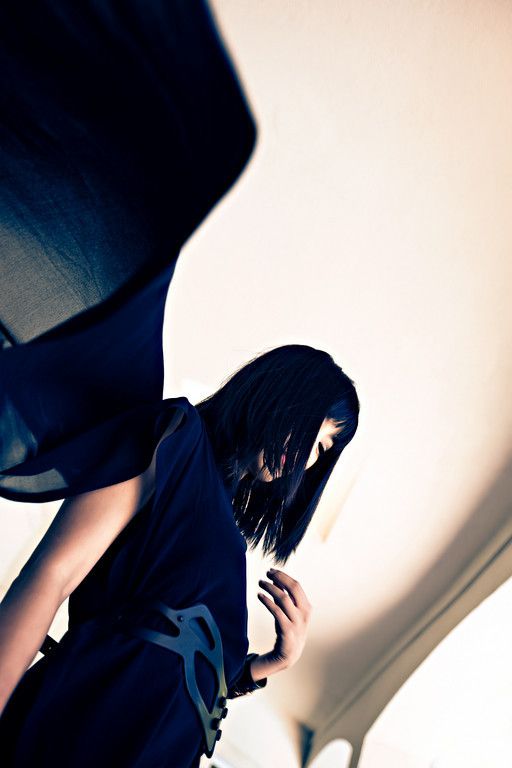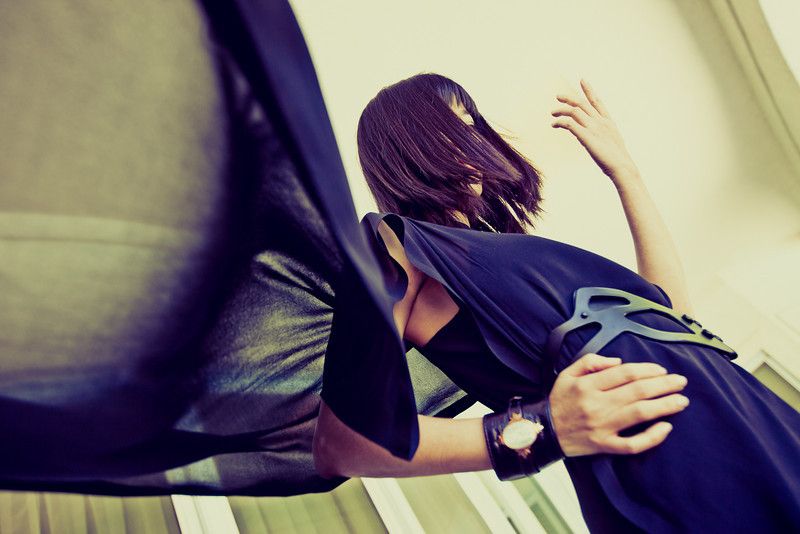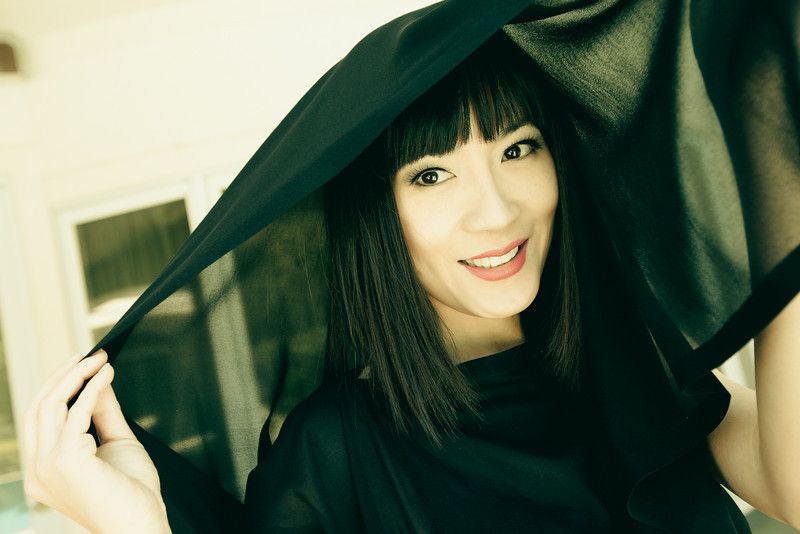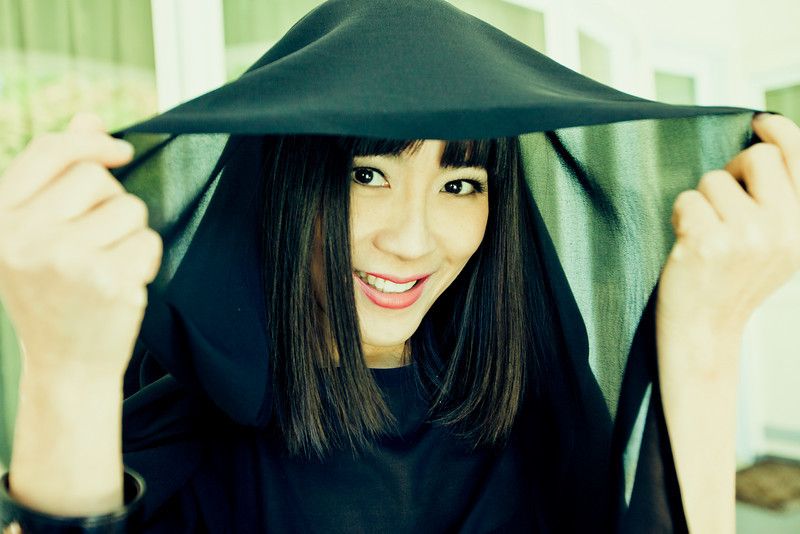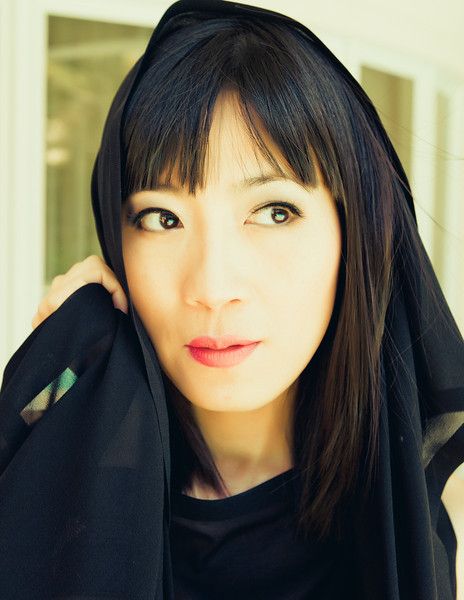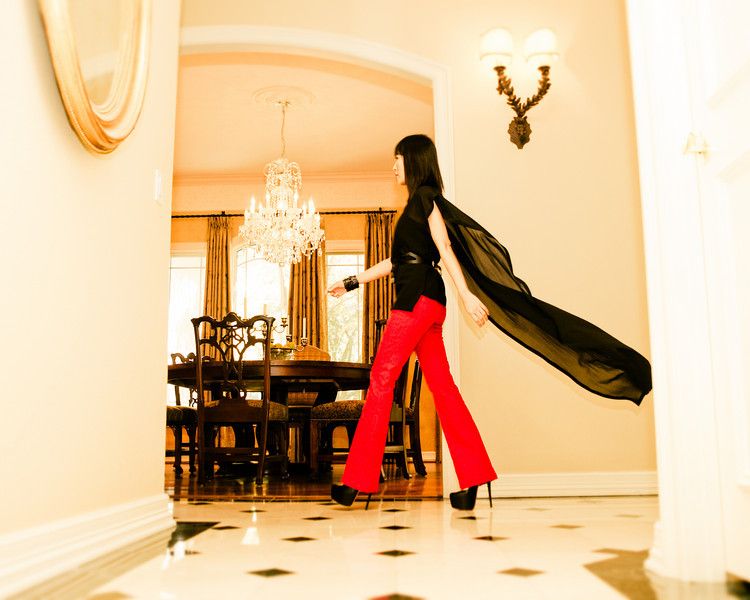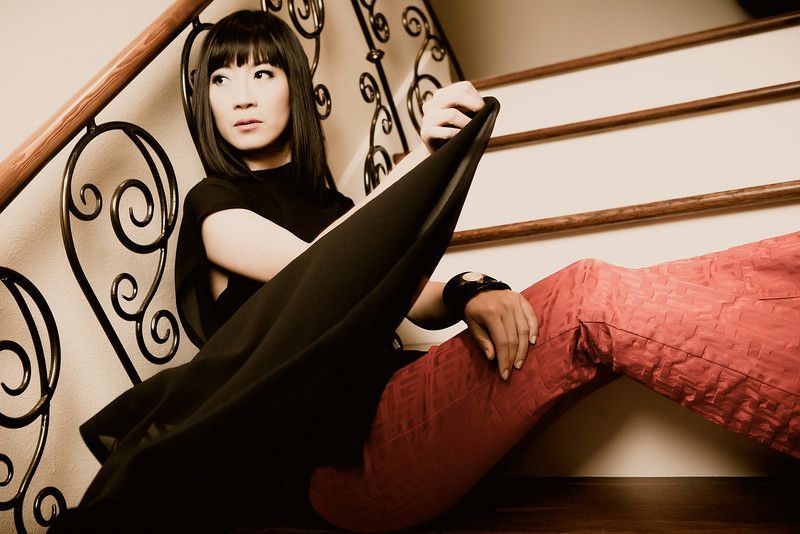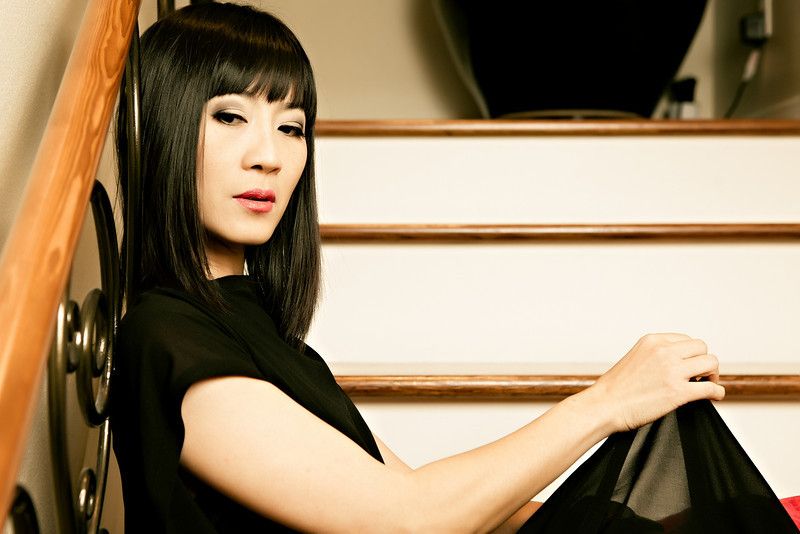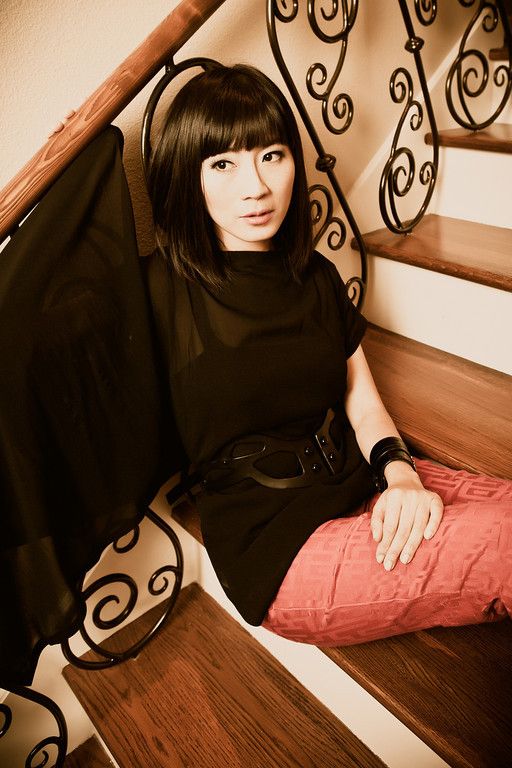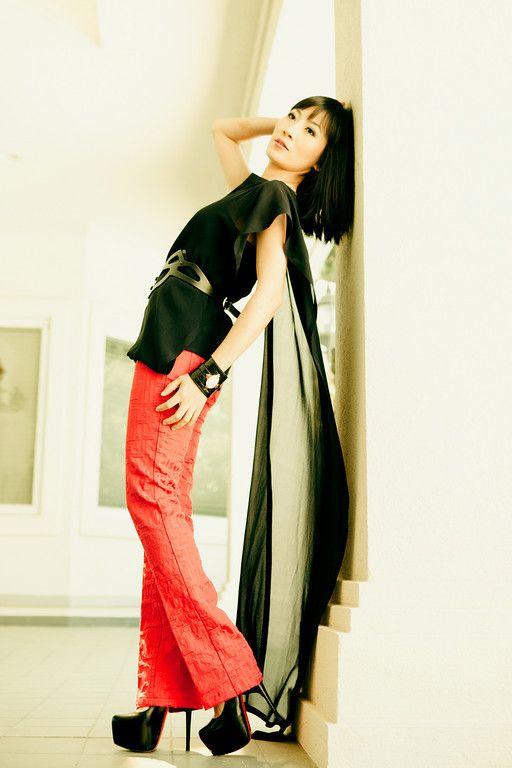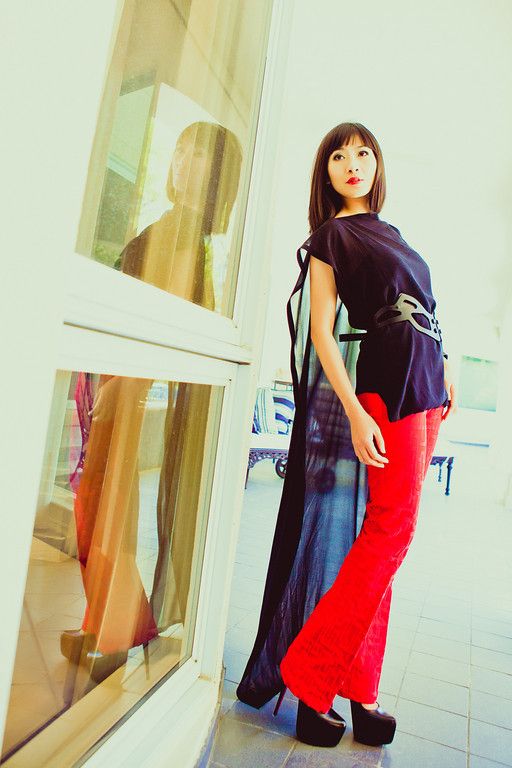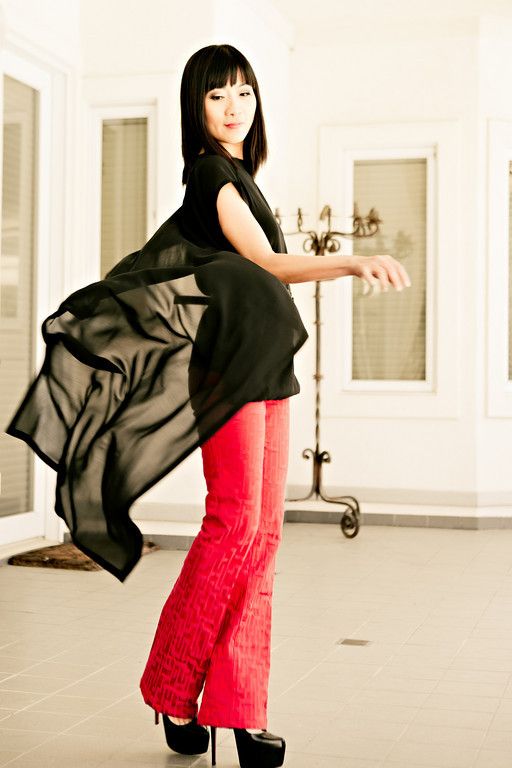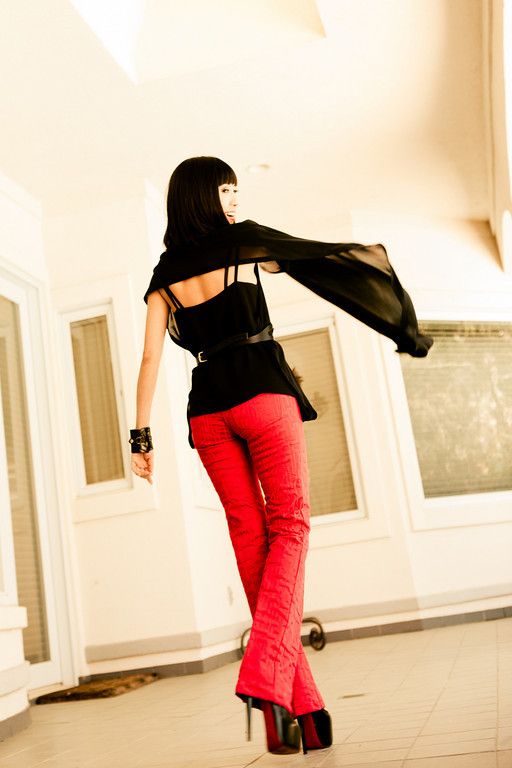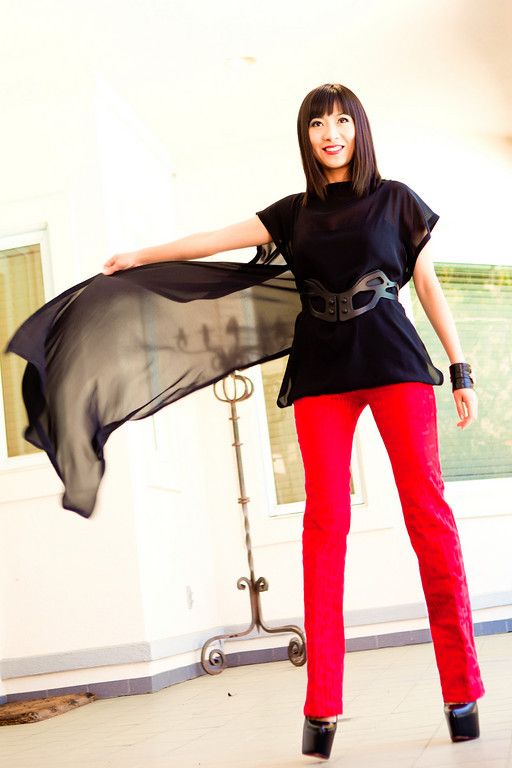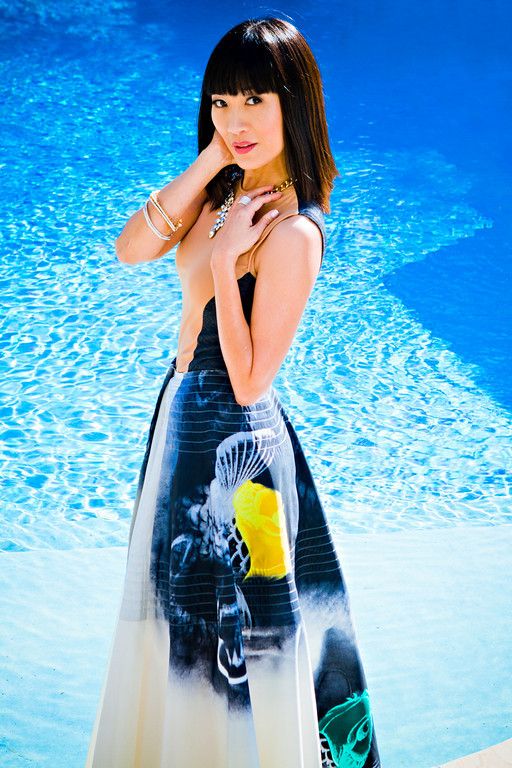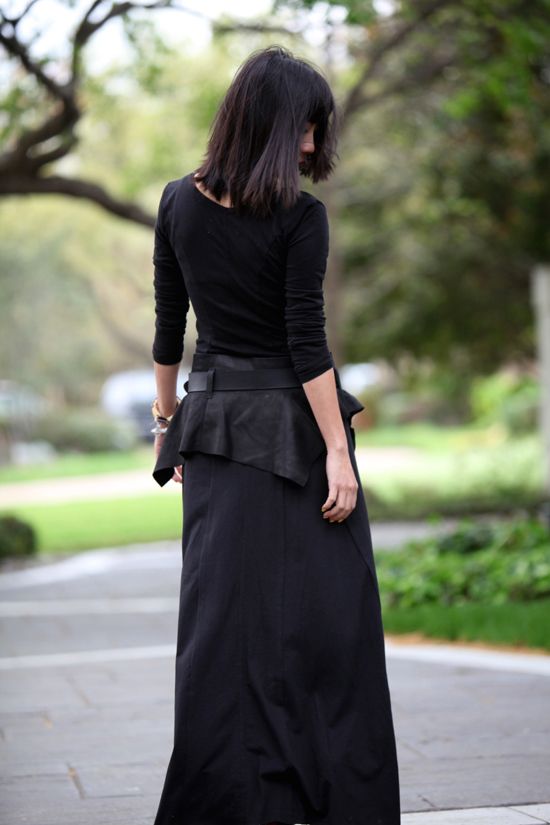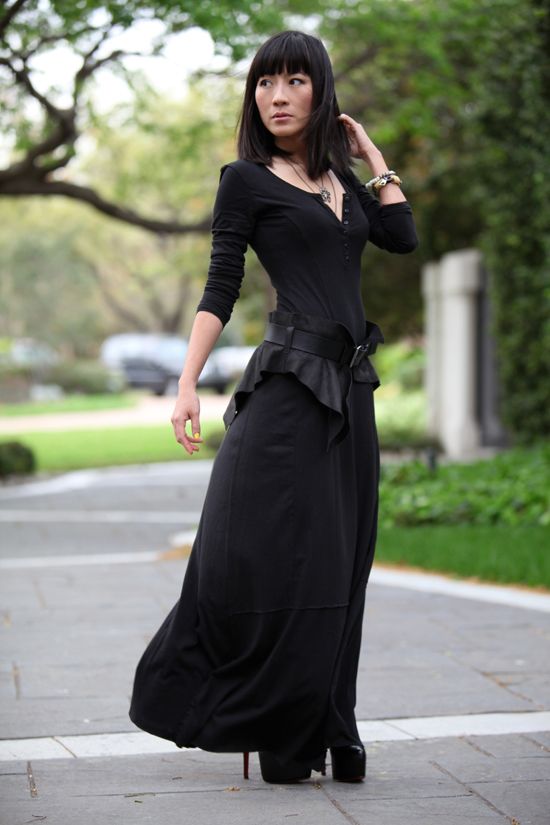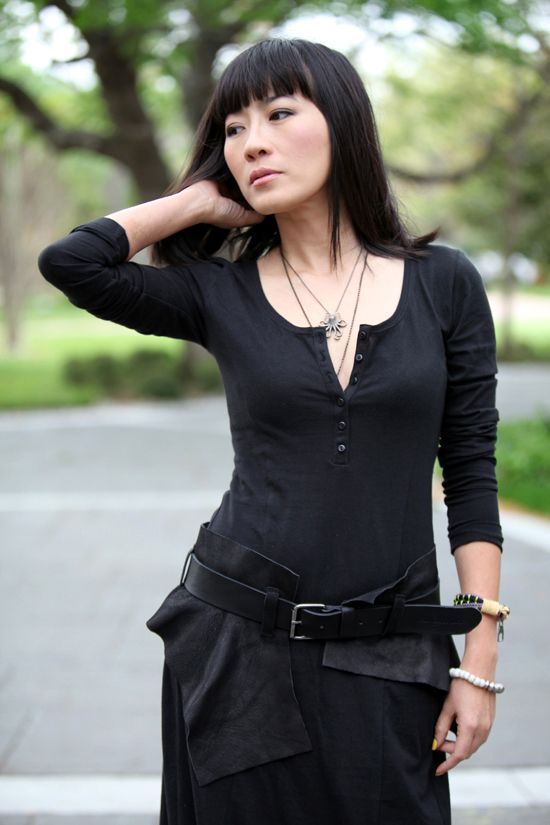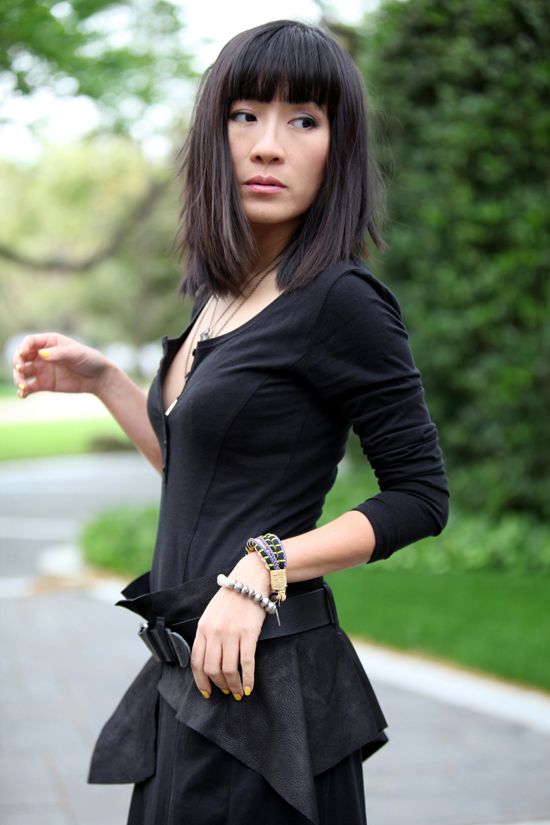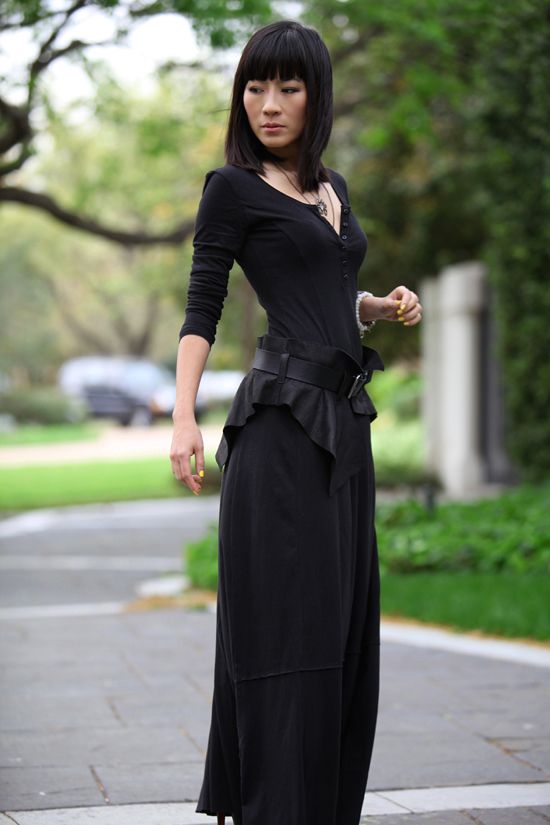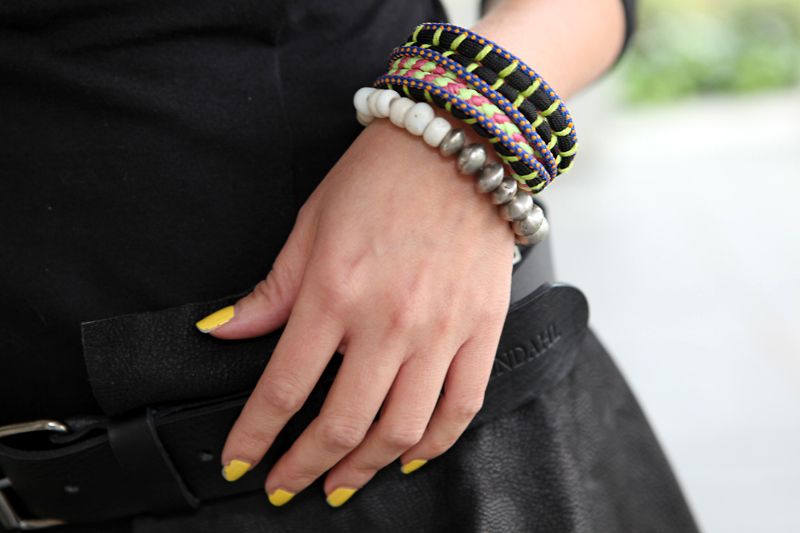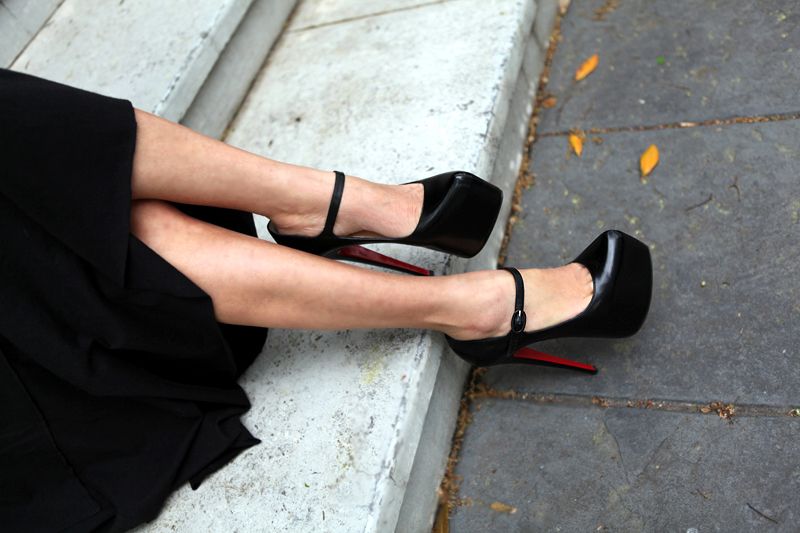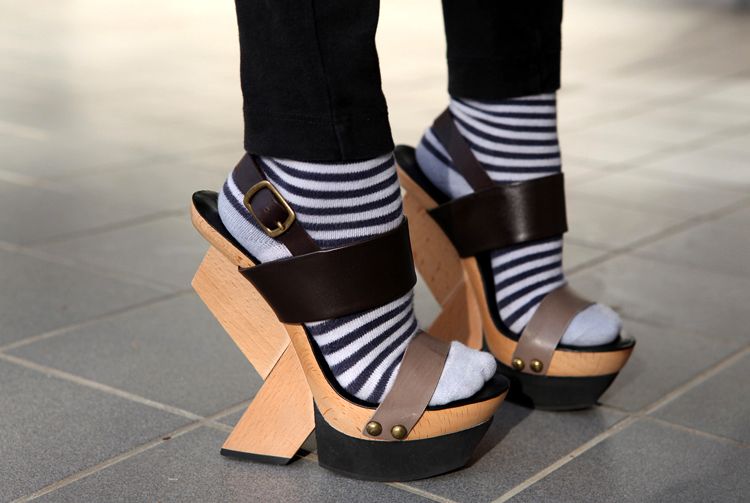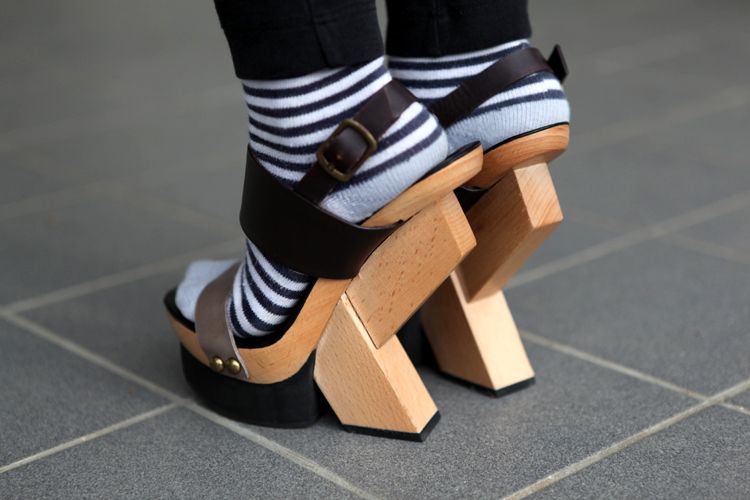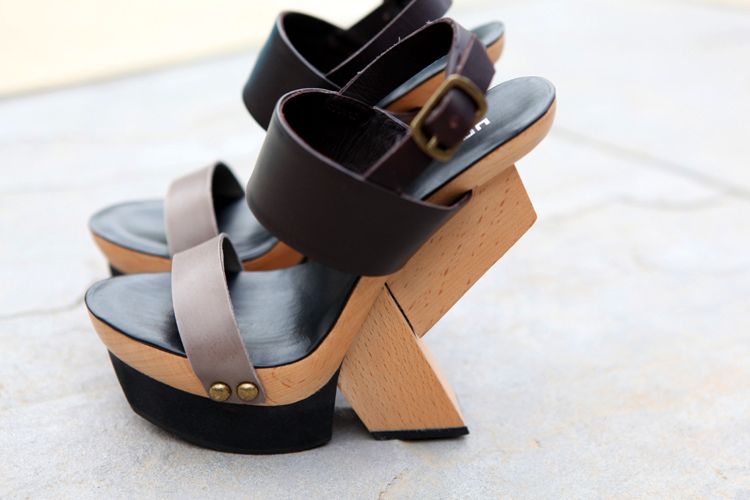Did you know that there are fjords in France? No? I did not know about it, too. Till yesterday.Than I found a photo like this one:

«
Утро на пляже» на
Яндекс.ФоткахThe title of that photo was "Calanques". I heard that word for the first time and thought it's something like a little mediterranean town that is situated not far or on the seaside of this formation -like Amalfi, Maiori etc. But I was not right. The word is possible to translate as "fjord" -well, you are right, "translate" is not the proper signification but everybody knows what it is. So, I, for example, sell vacation packages and cruises in Northern Europe that offer visits and trips to Norwegian fjords. Spectacular places, I have to say you.
But I' never thought that there are similar fjords in South Europe, too.
The region is full of them. Here is the photo from Wikipedia where you can find more general information about this place (
Calanque ). Because I did not know about it, I'll copy here some words to have them in my site.
The region is between Marseille and Cassis, there are different calanques there you can visit.
There arew similar formations. So here, in Italy, there is a Regional Natural Reserve of Atri (it's in the region Abruzzo) where you can visit calanques -without sea there, only mountains of this special form. Plants do not grow there but there are interesting animals like reptiles and many species of rapacious birds. Because there are so many different species, it would be interesting to go for bird watching there. We have some species here and they are very interesting to observe.

